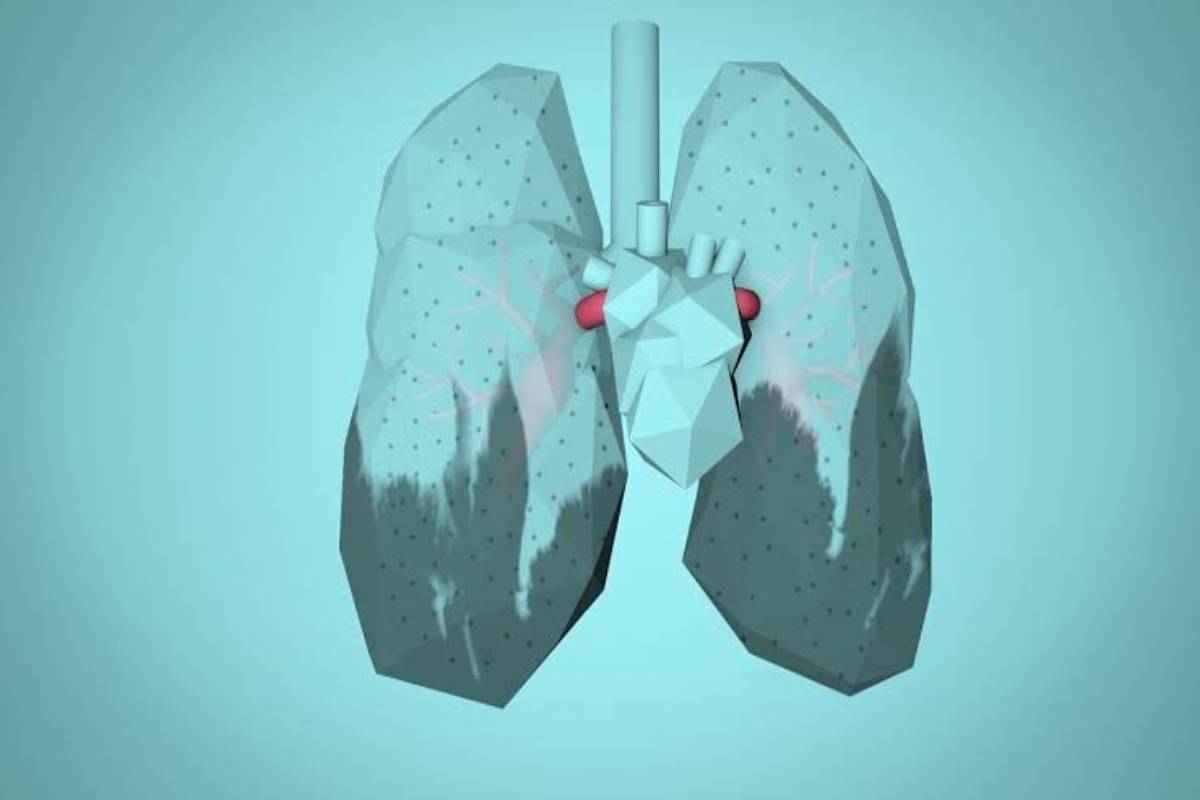My Health My Right the theme for world health day this year
World Health Day is an annual global health awareness campaign celebrated on 7 April, organised by the World Health Organization (WHO).
According to WHO, particle sources include paints, cleaning fluids, and solvents. To that can be added the wearing of car tyres

The World Health Organisation has conveyed a remarkably forthright message to the comity of nations by unveiling the first air quality guidelines since 2005. This must rank as an achievement that the periodic conferences on the environment have thus far failed to achieve. Wednesday’s blueprint has slashed the recommended limits for emissions linked to fossil fuels, has described air pollution as a threat to health in parallel to climate change, and has blamed air pollution for as many as 7 million deaths a year.
The report hopes to encourage countries to adopt steps towards clean energy and prevent deaths and illness caused by air pollution. The subtext of the report must be the disclosure that air pollution is “even worse than we thought”. This hopefully will be the template for the bouts of jaw-jaw at the high table in Glasgow. WHO has slashed the maximum safe levels of key pollutants, such as nitrogen dioxide.
Visuals in the western media of the Eiffel Tower enveloped in smog underline the degree of the polluted air that we breathe. Low- and middle-income countries suffer the most, because of their reliance on fossil fuels for economic development. The global body has posited air pollution on a par with smoking and unhealthy eating. Nay more, it has urged its 194 member-states to cut emissions and take action on climate change, ahead of the COP26 summit in November. “Decade by decade, the limits for what’s considered a safe amount of pollution are being ratcheted down”, is the fineprint of the document.
Advertisement
Those suffering from heart and lung problems do realise that toxic particles and gases can harm people at much lower levels than previously thought. The legal limits for the most harmful pollutants are now four times higher than the maximum levels recommended by WHO. The trouble is that the worst pollutants ~ tiny particles which can be breathed into the lungs ~ are terribly hard to contain. Chiefly, pollution emanates from vehicle exhausts and gas-fired central heating.
But harmful particles are also released into the air in other ways, or formed in the air in reaction with other chemicals. According to WHO, particle sources include paints, cleaning fluids, and solvents. To that can be added the wearing of car tyres on the road, or by applying brakes. This would imply that even electric cars cannot offer a perfect solution. A scarcely known reality is that farm slurry gives off gases that contribute to deaths in cities.
WHO’s latest advice to governments is doubtless challenging ~ “If you live in a city, it’s very hard to escape pollution, however hard you try”. Wednesday’s guidelines have recommended the maximum limits for exposure to tiny particles called PM 2.5. “Almost 80 per cent of the deaths related to PM 2.5 can be avoided in the world if the current air pollution levels are reduced to those proposed in the updated guideline,” WHO has said.
Advertisement